Self-drilling Anchor Rock Bolt Support Broken Conditions, Cost-effective and Good Anchoring Effect
Time:2022-06-11From:sinorock View:
In projects, using self-drilling rock bolts, it is inevitable to support geological conditions with soft and broken covering layers and hard rock layers. Under such geological conditions, the construction of self-drilling rock anchors is definitely not the same. So, how is it constructed? Today, Sinorock will lead everyone to learn together with a specific case.Geological Conditions
In the left bank shaft project of a hydropower station, the geological conditions are very complicated. The geological conditions of the overburden from top to bottom are 24~33m of alluvial deposits, mainly composed of crushed gravel and clay, loose, broken, and prone to landslides; 42~55m of glacial deposits, mainly composed of basalt fragments It is composed of breccia sand, which has poor self-stabilizing ability and is easy to collapse. The ancient landslide deposits of 36-51m are mainly composed of sand shale and limestone fragments, and the rock is relatively hard.
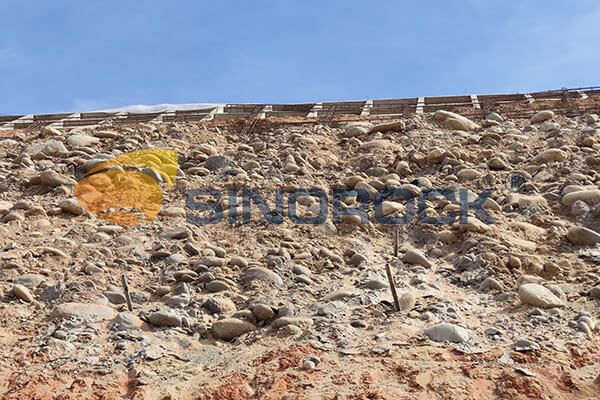
Mortar Bolts VS Pipe Shed VS Self-Drilling Rock Bolts
In the early stage of the project, ordinary mortar bolts, pipe shed grouting, and self-drilling hollow bolt construction were used for testing. It was proven that although using the pipe shed grouting construction scheme can solve the problem of hole-collapsing after the mortar bolts were pulled out, it is not cost-effective. For self-drilling hollow bolt construction, the hollow bolt is a drill pipe as well as a rock bolt, so it can drill, grout and anchor simultaneously. The grouting effect can meet the construction needs. Although the cost is high, the construction progress is relatively fast. In addition, a certain downward inclination angle is designed during the construction of the bolt, which can play the role of advanced consolidation grouting, which is beneficial to the next cycle of construction and can meet the construction quality and safety requirements.
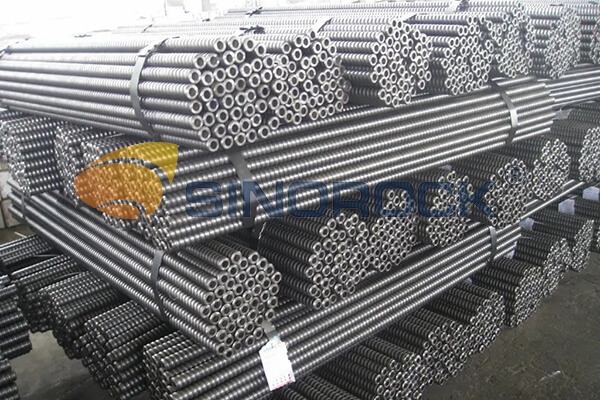
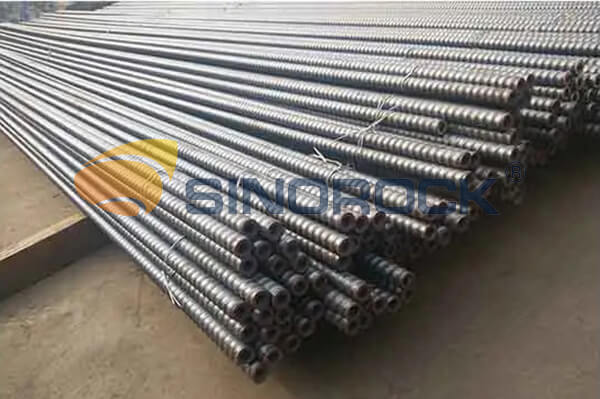
How to Choose the Right Drilling Rig?
Although it is determined to use self-drilling hollow bolts for construction, the selection of drilling rigs and drill bits is still a tricky thing.
Since the construction work surface is uneven after slag extraction, and the height and drilling position of each cycle is different, it is necessary to choose a drilling rig that is convenient for construction, easy to operate, and can carry out construction in a narrow space. After discussion, the construction party decided to use a crawler-type bolting rig. The drilling diameter is 50~70mm, and the maximum drilling depth is 25m.
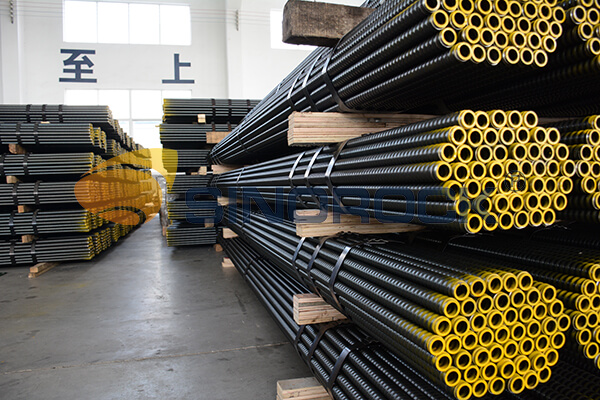
The Selection of Drill Bits
Regarding the selection of drill bits, according to the test results of the project, ordinary cast in-line drill bits were used in the initial stage of construction. However, when the self-drilling hollow bolt is drilled into glaciers and ice-water accumulations, due to its high rock strength, the in-line drill bit is severely worn. To replace the drill bit, the bolt needs to be reversed out of the hole, which seriously affects the construction progress. Therefore, the subsequent construction adopts the cross-shaped drill bit of high-strength alloy, which improves the construction efficiency.
Summary
In this project, there are two main advantages of self-drilling hollow bolts: one is that drilling and grouting are carried out simultaneously, so there is no need to worry about the problem of hole collapse; the other is that the cross alloy bit has high strength and wear resistance, avoiding frequent replacement. Drill bit and increase the engineering cost. It can be seen that, as a new type of support material, the self-drilling hollow bolt has the irreplaceable advantage of an ordinary bolt.
latest news
-
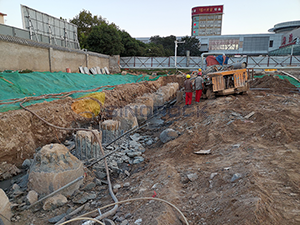
- Common quality problems in rock bolts construction
- Time:2024-04-19From:This Site
- In the current tunnel support systems, as a very effective support method, rock bolt has been widely used in recent years. Rock bolt can not only stabilize the surrounding rock in the construction process, but also play a role as a part of the permanent support structure after the construction, so it is very important to ensure the construction quality of rock bolt.
- View details
-
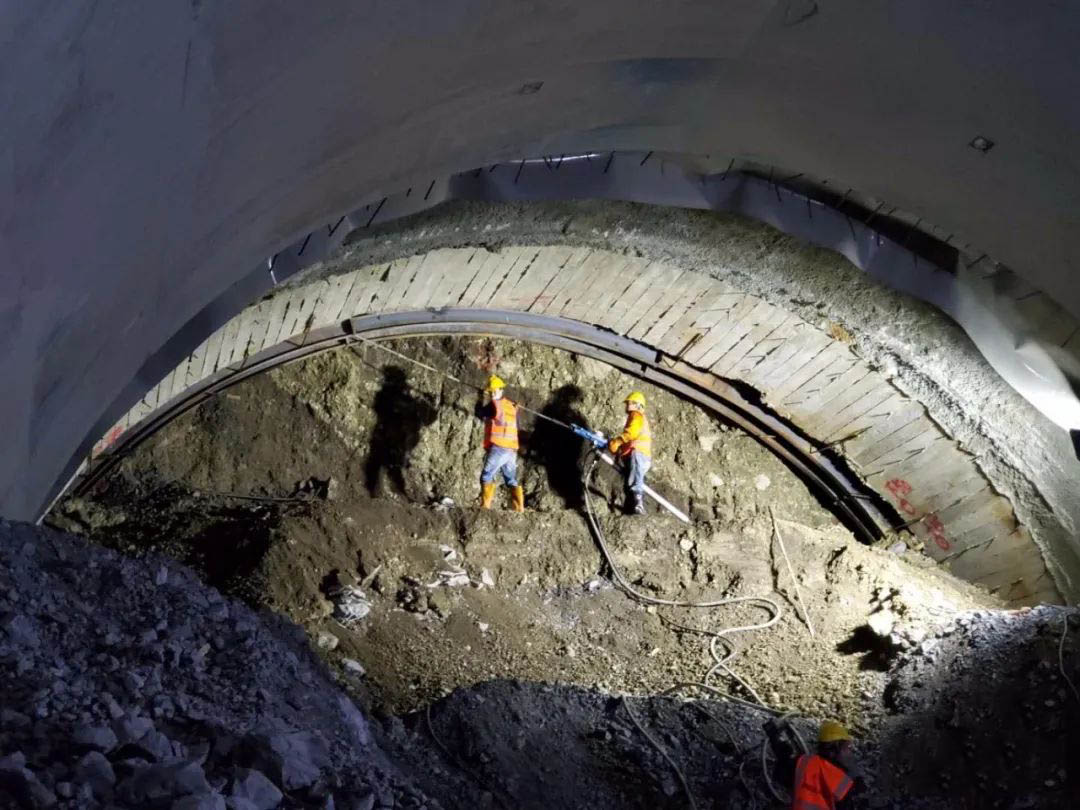
- How to Support Tunnels in Sand Layer?
- Time:2024-04-17From:This Site
- How to support efficiently when the tunnel project encounters sand layers? Tunnels prone to collapse when construction in sand, and it must be supported with rock bolts for safety and stabilization.
- View details
-
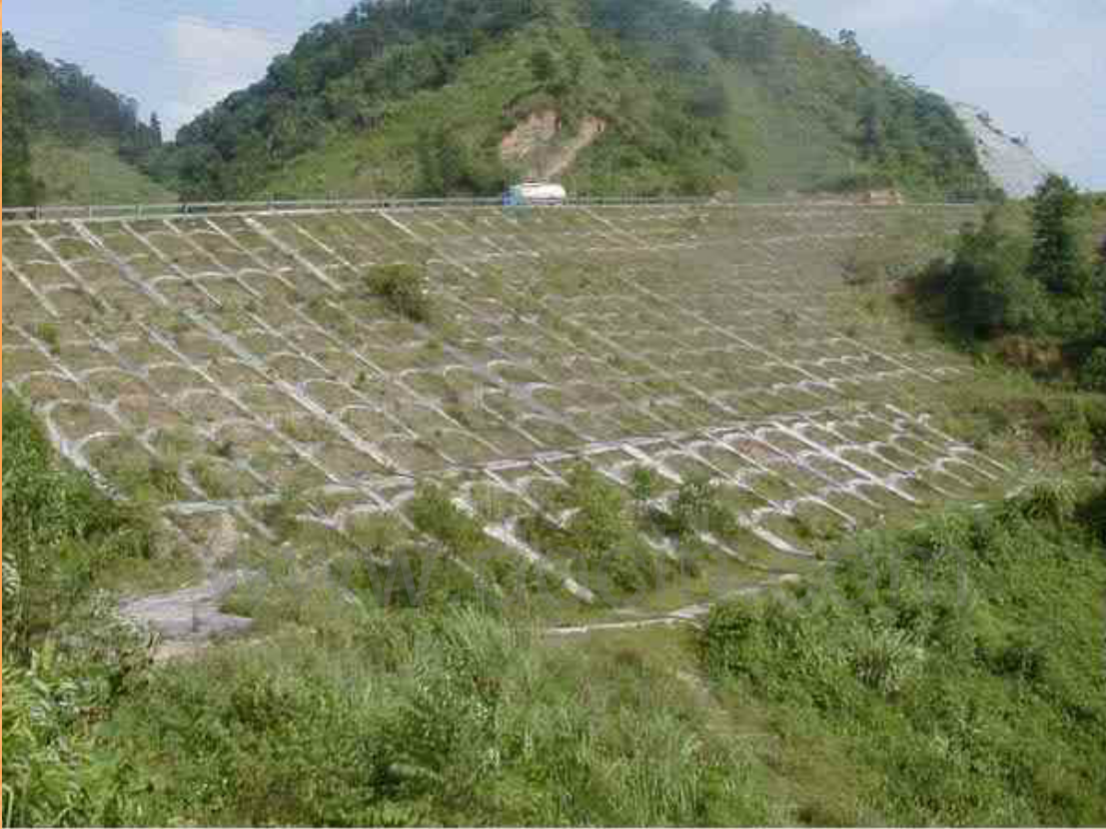
- Slope Engineering: Ensuring Stability and Safety
- Time:2024-04-12From:This Site
- The slope is the natural or man-made inclination of the earth's surface, referring to all geological bodies on the earth's surface with inclination to the airside of the ground, are the geomorphic landscape widely distributed on the earth's surface, playing an important role in shaping the landscape. While slopes are crucial for the environment and human development, they can also pose risks due to slope failures and landslides. This has led to slope engineering, a multidisciplinary field, that focuses on assessing, managing, and mitigating the risks associated with slopes.
- View details
-
.png)
- International Women's Day with Strawberry-picking
- Time:2024-03-09From:This Site
- Marked the annual observance of International Women's Day, and to commemorate this significant event, Sinorock organized a special strawberry-picking event exclusively for its female employees.
- View details
-

- Celebrate the 74th anniversary of the founding of the People's Republic of China
- Time:2023-10-01From:This Site
- On October 1st every year, we observe the annual National Day, commemorating the birth of our beloved motherland.
- View details
-
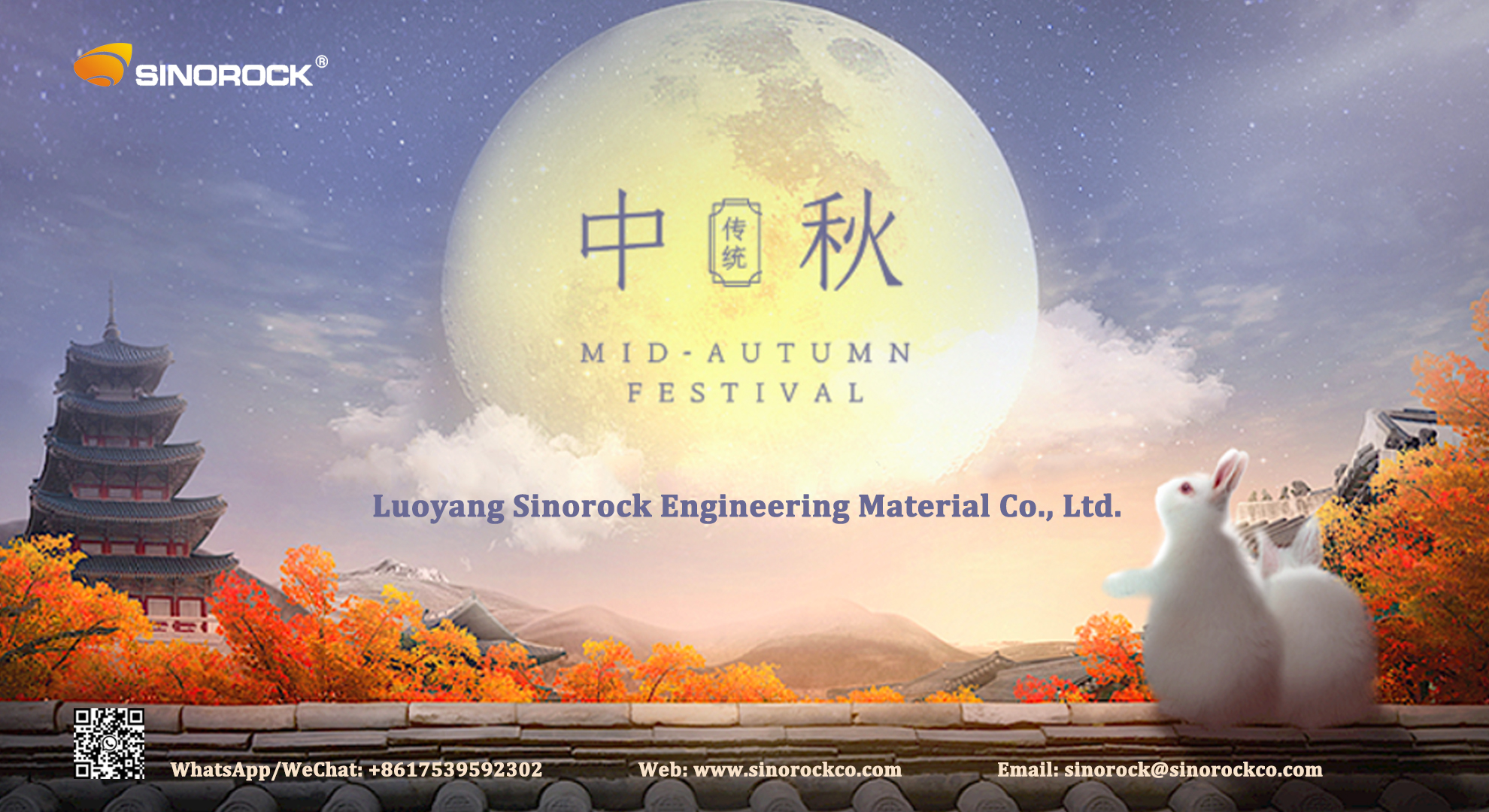
- Happy Mid-Autumn Festival!
- Time:2023-09-29From:This Site
- The Mid-Autumn Festival which also known as the Mooncake Festival. This annual festival falls on the fifteenth day of the eighth month of the lunar calendar and is called the Mid-Autumn Festival because it falls in the middle of the three months of autumn.
- View details
-
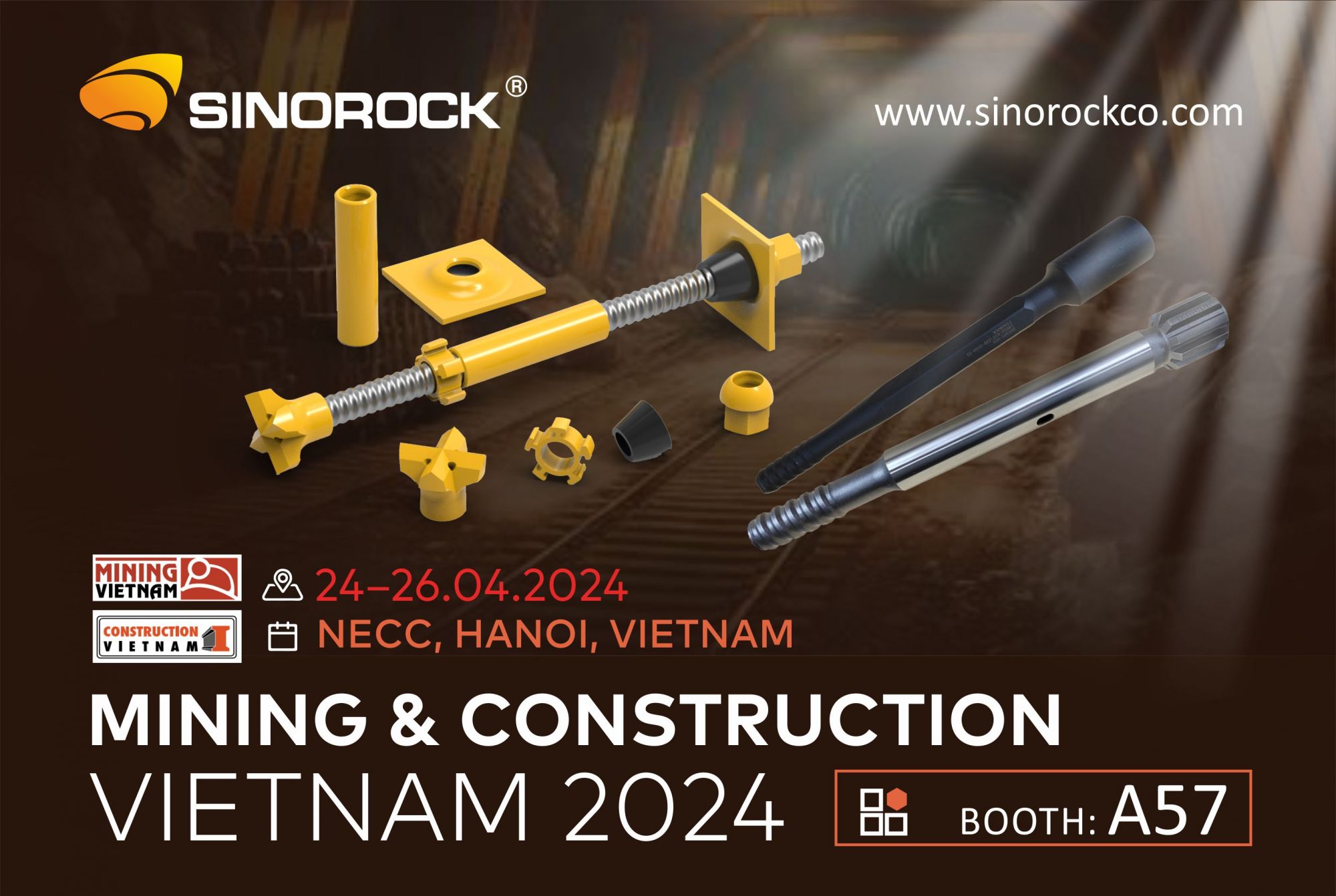
- SINOROCK Set to Showcase Anchoring Solutions at MINING & CONSTRUCTION VIETNAM 2024
- Time:2024-03-27From:This Site
- HANOI, VIETNAM —SINOROCK is thrilled to announce its participation in the upcoming MINING & CONSTRUCTION VIETNAM 2024 exhibition, scheduled to take place at the National Exhibition Construction Center (NECC) in Hanoi from April 24 to 26, 2024. The SINOROCK team will be stationed at Booth No. A57, is ready to engage with industry professionals, showcase our most popular anchoring products, and explore collaborative opportunities.
- View details
-
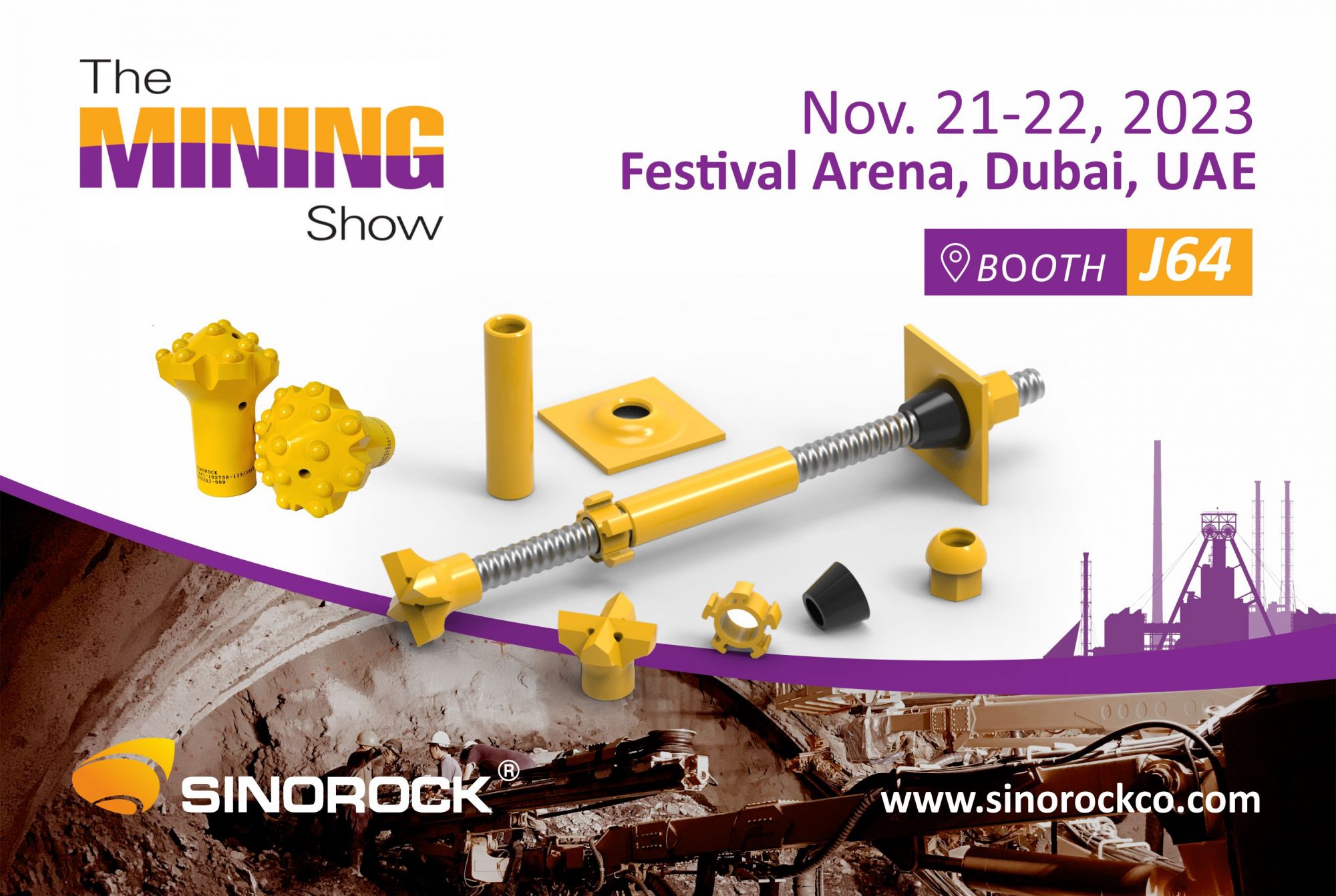
- Sinorock is gearing up for The Mining Show 2023 in Dubai!
- Time:2023-10-25From:This Site
- Sinorock is preparing for an exciting adventure at The Mining Show 2023 in Dubai! Come visit us at Booth J64 on November 21-22 to discover our exceptional mining solutions and immerse yourself in the cutting-edge developments of the industry.
- View details
-

- Sinorock Excited to Attend the 28th Mining Metals Central Asian 2023
- Time:2023-09-05From:This Site
- Sinorock Excited to Attend the 28th Central Asian International Mining Exploration & Mining Equipment Exhibition in Almaty, Kazakhstan
- View details
 Download
Download 


